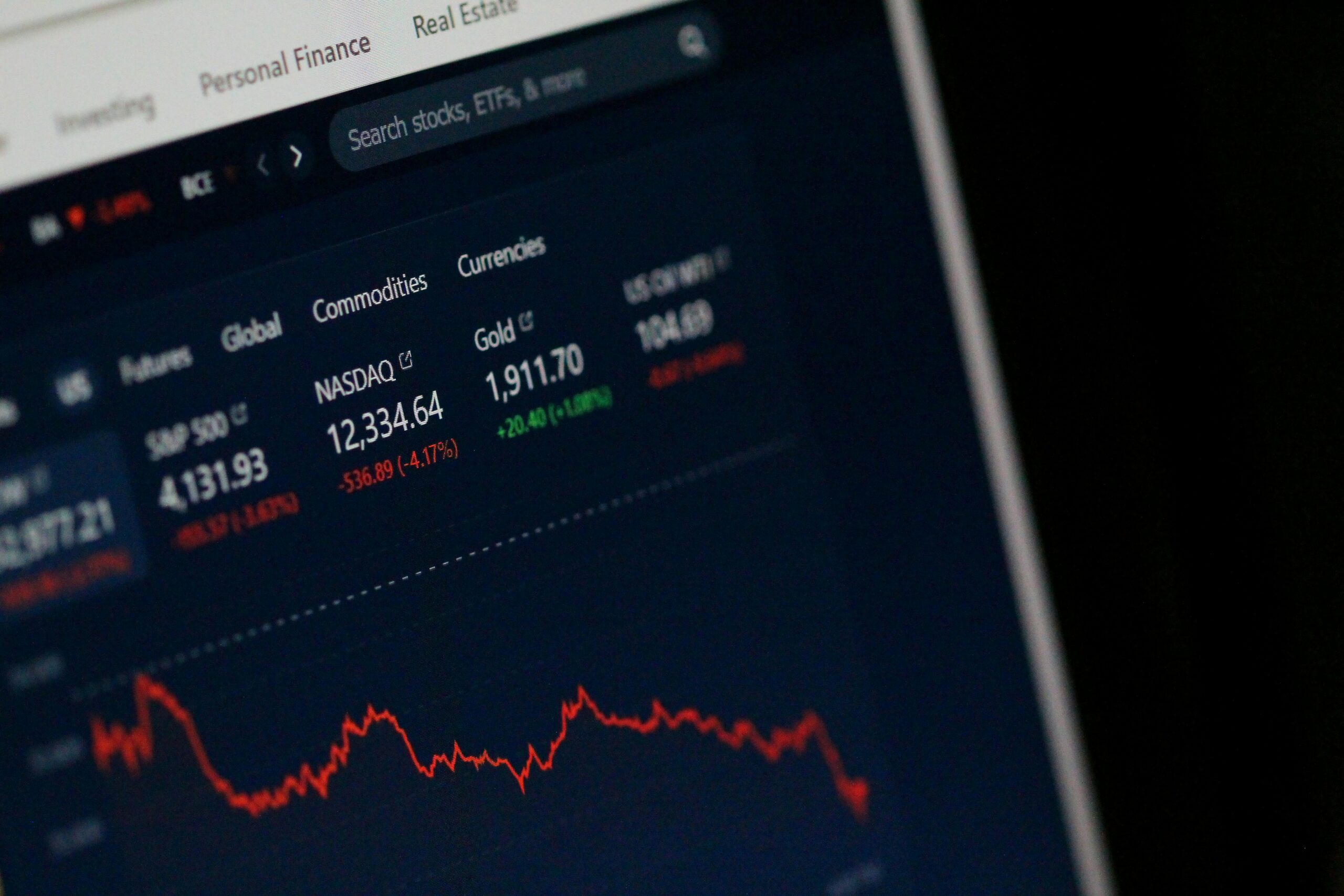Risk in investing isn’t a concept to shy away from; it’s a fundamental piece of the puzzle. Whether you’re a newbie or a seasoned investor, understanding what risk truly entails can profoundly impact your financial journey.
So, what exactly is risk in the world of investments? Simply put, it’s the possibility of losing some or all of your original investment. This might sound daunting, but it’s an inherent part of investing, shaping the potential returns you can expect from your investments.
To get a handle on investment risk, it’s essential to know there’s more than just one type. Think of systematic risk as the uncontrollable waves affecting the entire market—think economic recessions or geopolitical events. Then there’s unsystematic risk, which is more like the shaky steps of a single company or industry—things like a new product flop or a scandal.
Understanding these types could save you a lot of sleepless nights. It’s like having a map before you start a road trip; you know where you might hit traffic jams or roadworks, and you can plan your route accordingly.
But why does risk matter so much, and why even bother diving into it? Because, being aware of it can mean the difference between a panic-driven exit from the market and a strategically timed decision. Grasping the role risk plays helps you keep cool when the markets start to sizzle or, worse, fizzle.
The Relationship Between Risk and Return
In the investing world, risk and return are like two sides of the same coin. The basic idea is that to achieve higher returns, you’ve got to be willing to accept a higher level of risk. Seems straightforward, right? But let’s break it down a bit more to see why this balance is so important for investors.
The risk-return trade-off can be truly enlightening. Think about this: historically, investing in stocks usually offers higher returns compared to bonds. But why? Because stocks come with more uncertainty and volatility, translating to higher risk. It’s a clear reminder that if you’re aiming for those juicy returns, you need to understand the levels of risk you’re stepping into.
Real-life examples illustrate this beautifully. Take the tech boom of the late ’90s. Those who invested early in tech stocks saw monumental returns, riding the wave of innovation. Yet, those who came in later faced the harsh backlash of the dot-com bubble burst.
Timing also significantly affects your risk-reward scenario. Consider long-term investments where usually risks are smoothed out over time, allowing for potentially more reliable returns. In contrast, short-term moves can sometimes resemble a rollercoaster ride, where sharp turns and dips could either mean glory or gloom.
For anyone curious about diving into investments, knowing how risk and return relate offers a clearer path, helping you see whether you’re more aligned with steady bonds or high-octane stocks.
How to Assess Risk: Tools and Techniques
When it comes to getting a handle on risk, the right tools are essential. To start, financial ratios and metrics provide a solid foundation for evaluating potential investment risks. They act as a magnifying glass, zooming in on a company’s health and performance.
One of the key metrics to get familiar with is beta. Beta measures an investment’s volatility compared to the market. A beta of 1 means the asset prices move with the market. More than 1 indicates greater volatility, and less means it’s more stable. High beta could mean higher potential returns, but also more risk.
Then there’s standard deviation, which helps investors understand the investment’s expected volatility. A higher standard deviation indicates more variability in returns, meaning more uncertainty.
Knowing your risk tolerance is like packing the right gear for a trip. It involves personal factors like your age, income, and financial goals. Using questionnaires or getting professional help can pinpoint your risk profile.
Risk profiling tells you how much risk you can handle both financially and mentally. It’s like having a compass—it helps steer your investment decisions and align them with how comfortable you are with potential losses.
These tools and techniques serve as a roadmap, making sure you don’t end up lost in a sea of investment uncertainty. They help translate abstract notions of risk into real-world, actionable strategies.
Strategies for Managing Investment Risk
Managing investment risk is like putting on a safety belt before hitting the road. It’s essential to protect your hard-earned cash from unexpected market bumps and jolts.
A popular strategy for managing risk is diversification. Instead of putting all your eggs in one basket, spread your investments across various asset types and sectors. This way, if one asset takes a hit, others in your portfolio can help cushion the blow. It’s a reliable method to smooth out the ride over time.
Equally crucial is asset allocation, which involves dividing your investment portfolio among different asset categories, such as stocks, bonds, and cash. This strategy doesn’t just spread risk—it aligns your investments with your comfort level, financial goals, and time horizon.
Hedging can also be part of your toolkit. This involves using financial instruments like options and futures to offset potential losses. Think of it as buying insurance for your investments—it might minimize your returns, but it provides a buffer against potential downturns.
Remember, risk management is an ongoing process. Regular reviews of your portfolio ensure your strategy adapts to changing market conditions and personal circumstances.
The Psychological Aspect of Risk and Investor Behaviour
Investing isn’t just a numbers game—it’s loaded with emotions and psychology, making the way we perceive and react to risks equally crucial. Behavioural biases often sneak into our decision-making process, steering us away from sound judgment.
One common pitfall is overconfidence, where investors mistakenly believe they can predict market movements. This overconfidence can lead to taking on unnecessary risks, possibly leading to losses that could’ve been avoided with a clearer view.
Then there’s loss aversion, a tendency to prefer avoiding losses over acquiring equivalent gains. It’s a tricky bias that can cause investors to hold onto lost positions for too long, hoping to break even rather than cutting losses and reallocating resources.
Market sentiment also plays a massive role in how risks are perceived. Herd behaviour can drive investors to buy high and sell low, as they follow the crowd during market bubbles or crashes against their better judgment.
Building resilience involves learning from those who’ve been around the block. Experienced investors often emphasize the importance of having a clear plan and sticking to it, especially in the face of market volatility, to mitigate psychological stress.
Understanding how emotions shape investment choices not only builds confidence but also enhances your ability to manage risks better. This awareness is a protective layer over your strategy, ensuring you react to market shifts like a seasoned pro.


Leave a Reply